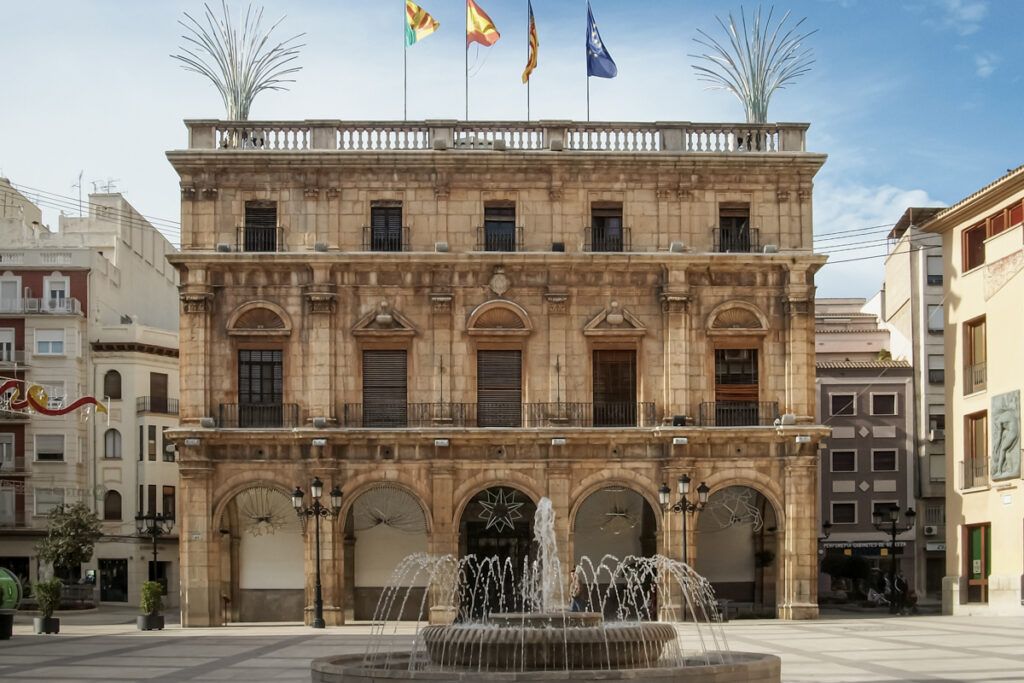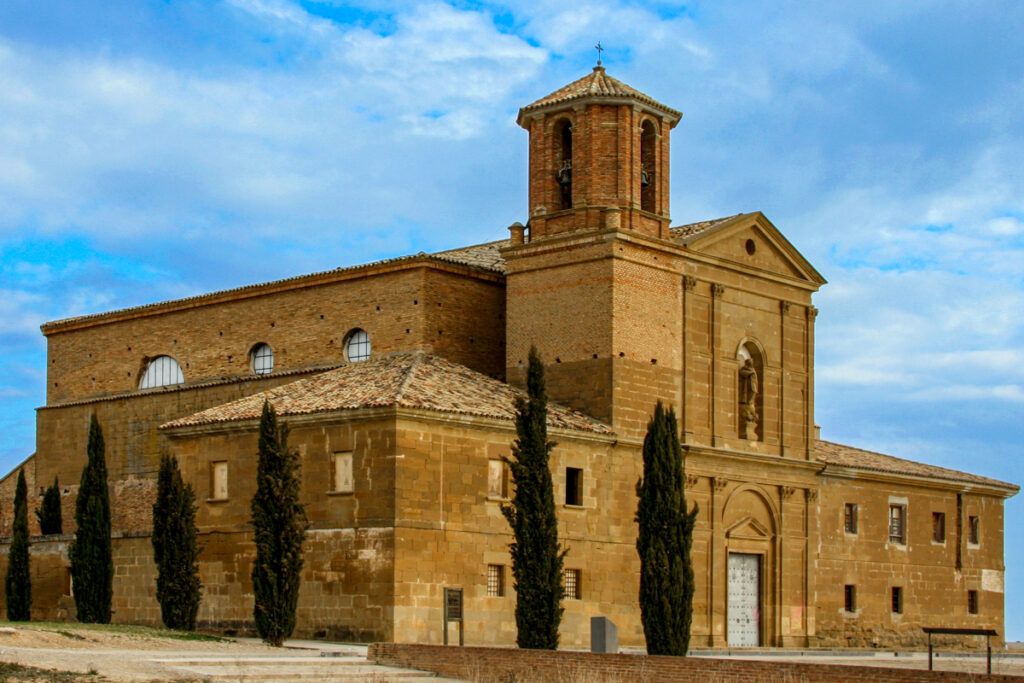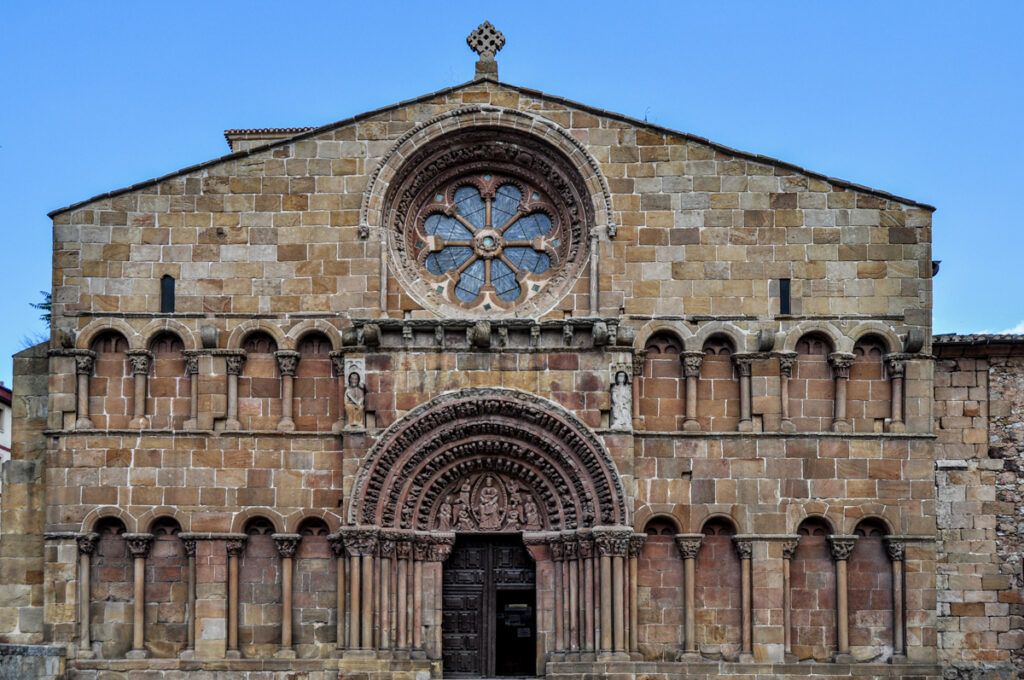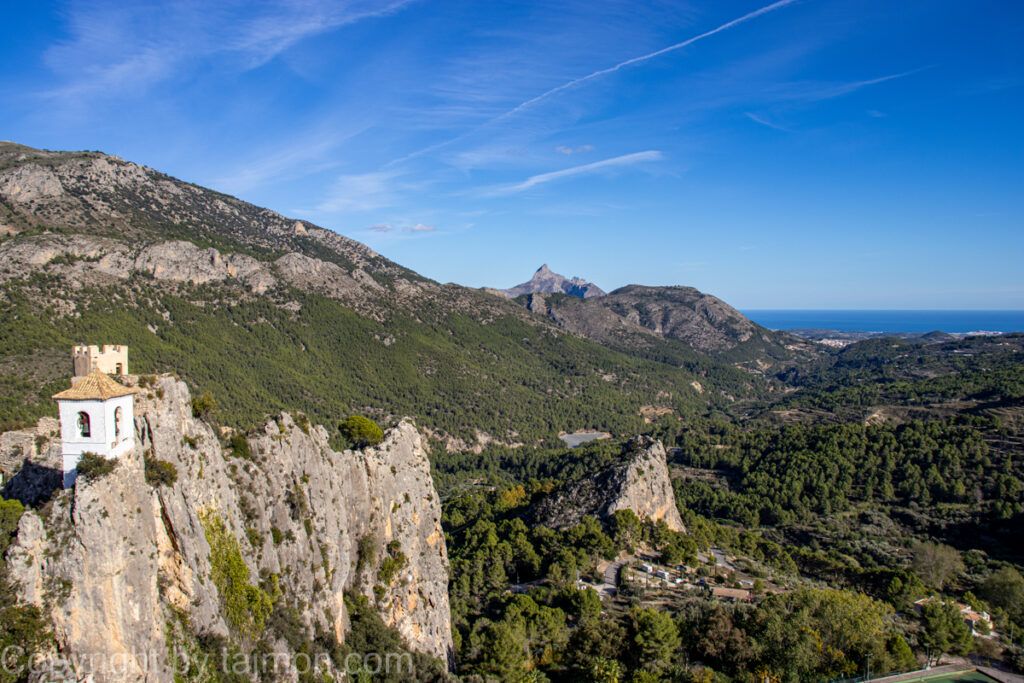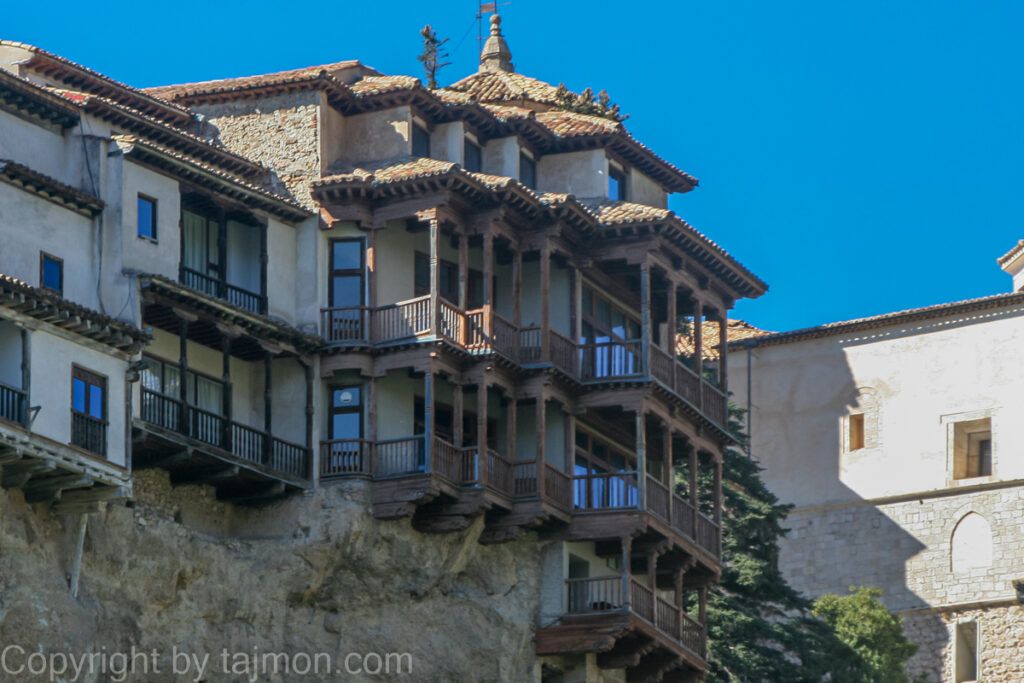History of Castellon
Castellón is a city with a rich and complex history that dates back to prehistoric times. Traces of settlements from the Bronze and Iron Ages have been found in its area. However, the real beginning of the city dates back to the 13th century, when King James I the Conqueror conquered these lands from the Muslims and granted them fuero, or city privilege. It was then that the city received its name, which comes from the word castellum, meaning castle.
In the following centuries, Castellon developed as an important commercial, political, and cultural center. It witnessed many historical events, such as the Carlist Wars, the Civil War, and the Franco dictatorship. It also experienced moments of glory and crisis, depending on the economic and social situation. In the 20th century, the city underwent a major urban and demographic transformation, becoming a modern and dynamic city that combines tradition with innovation.
Castellon is a city that has a lot to tell. Every corner, street, and building hides a story, legend, or anecdote. All you have to do is look carefully and listen to the voice of the past.
Let’s start our journey through the history of Castellón from its beginnings. Did you know that the first traces of human presence in this area date back over 5000 years? Yes, it’s true. In the hills of Desierto de las Palmas, caves with rock paintings were discovered, which testify to the life and culture of Neolithic peoples. You can see them in the Museu de Belles Arts, where replicas of these caves are located.
But that’s not all. Many other artifacts from different epochs, such as ceramics, jewelry, coins, weapons, or tools, have also been found in the area of Castellón. Some of them come from the Iberian period, when the people called the Ilercavones lived in this area. They created mysterious lead plates on which they recorded their texts in an unknown language. You can admire them in the Ethnological Museum, where the largest collection of these plates in the world is located.
And what about the Roman period? Did Castellon already exist then? Yes, but not under this name. The Romans called this place Castalia, from the word castellum, which meant a castle or fort. It was an important administrative and commercial center, located on the Via Augusta, which connected Spain with Italy. The Romans left many traces of their civilization here, such as bridges, aqueducts, mosaics, or necropolises. You can see them in various places in the city, such as Plaza de la Paz, Plaza de la Independencia, or Parque Ribalta.
After the fall of the Roman Empire, Castellón came under the rule of various peoples, such as the Visigoths, Byzantines, or Franks. However, the greatest influence on the shaping of the city was the Arab culture, which dominated these lands from the 8th to the 13th century. The Arabs built many alquerías, or small farming settlements, which were scattered all over the plain. One of them, called Fadrell, gave its name to the mountain, on which the castle and the first city were later built. The Arabs also introduced an irrigation system here, which enabled the development of agriculture and breeding. Their presence also left its mark on the language, art, and customs of the population.
In the 13th century, a pivotal moment in the history of Castellon occurred. In 1233, King James I the Conqueror, came from Aragon to conquer these lands and incorporate them into his kingdom. After several years of fighting and negotiations, he managed to achieve this, and in 1251, he issued a document that allowed the city to be moved from the mountain of Fadrell to the plain, where it developed better. Thus was born the new Castellon, which received fuero, a set of laws and privileges that regulated its functioning. Since then, Castellon has been part of the Crown of Aragon, and later Spain, while maintaining its distinctiveness and autonomy.
In the following centuries, Castellon experienced ups and downs, depending on the political, economic, and social situation. It witnessed many conflicts, such as the Carlist Wars, the Civil War, or the Franco dictatorship, which brought destruction and suffering. But it also witnessed many successes, such as the development of trade, industry, agriculture, culture, and education, which brought it wealth and prestige. In the 20th century, Castellon underwent a major urban and demographic transformation, becoming a modern and dynamic city that combines tradition with innovation.
